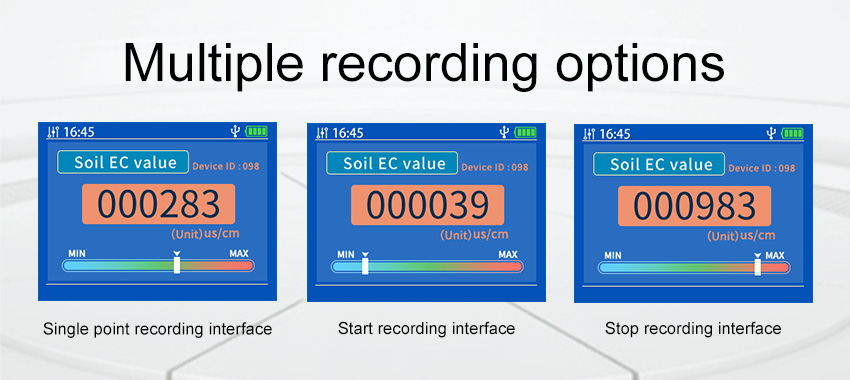Agriculture plays a vital role in feeding the growing population, and with the increasing demand for food, optimizing agricultural practices is crucial. Soil sensors have emerged as valuable tools in modern agriculture, offering real-time data on soil conditions. In this article, we will explore the potential of soil sensors in agriculture, their applications, benefits, and the impacts they can have on sustainable farming.

Understanding Soil Sensors:
Soil sensors are devices designed to measure various parameters related to soil health and fertility. They utilize different technologies such as electrical conductivity, moisture content, temperature, and nutrient content analysis to provide accurate and timely information about soil conditions. By monitoring these parameters, farmers can make informed decisions and optimize their agricultural practices.
Applications of Soil Sensors in Agriculture:
2.1 Irrigation Management: One of the key applications of soil sensors is in irrigation management. By continuously monitoring soil moisture levels, these sensors help farmers determine the optimal irrigation schedule and amount of water required for different crops. This results in efficient water use, reduces water waste, and prevents over or under-watering, leading to improved crop yield and water resource conservation.
2.2 Nutrient Management: Soil sensors also play a crucial role in nutrient management. They allow farmers to monitor soil nutrient levels, such as nitrogen, phosphorus, and potassium. With this information, farmers can precisely apply fertilizers, avoiding excessive use and reducing the risk of nutrient runoff into water bodies. Optimized nutrient management leads to healthier plants, improved nutrient utilization, and minimized environmental impact.
2.3 Crop Disease Detection: Soil sensors can aid in early detection of crop diseases. By monitoring soil conditions like temperature and moisture, these sensors can identify optimal conditions for disease development. Farmers can receive alerts or warnings based on sensor data, enabling them to take preventive measures promptly. Early disease detection helps minimize crop losses, reduce the need for pesticide application, and promote sustainable farming practices.
2.4 Soil Health Assessment: Soil sensors provide valuable insights into soil health parameters such as pH levels, organic matter content, and compaction. By monitoring these factors, farmers can assess soil quality and make informed decisions to improve soil health. This may involve adjusting pH levels, implementing organic matter management practices, or adopting techniques like cover cropping. Better soil health leads to enhanced crop productivity, reduced erosion, and a more sustainable agricultural system.
Benefits of Soil Sensor Technology in Agriculture: 3.1 Precision Farming: Soil sensors enable precision farming by providing site-specific data on soil conditions. Farmers can adjust irrigation, fertilization, and other farming practices based on this information, optimizing resource utilization and minimizing environmental impact. Precision farming also leads to cost savings and increased efficiency in agricultural operations.
3.2 Resource Conservation: With precise data on soil moisture, nutrients, and other parameters, farmers can avoid overuse of water, fertilizers, and chemicals. By using resources efficiently, soil sensors contribute to resource conservation and environmental sustainability. Reduced inputs not only benefit the environment but also help farmers reduce their production costs.
3.3 Increased Crop Yield and Quality: By utilizing soil sensors, farmers can create optimal growing conditions for crops. Monitoring soil conditions helps identify potential issues before they affect crop growth, leading to improved crop yield and quality. This translates into higher profits for farmers and better food availability for consumers.

3.4 Data-Driven Decision Making: Soil sensors generate valuable data that can be analyzed to gain insights and make data-driven decisions. Farmers can track changes in soil conditions over time, identify trends, and optimize their farming practices accordingly. This data-driven approach enhances productivity, reduces risks, and enables continuous improvement in agricultural operations.
Challenges and Future Developments: 4.1 Sensor Accuracy and Reliability: Soil sensors need to be accurate and reliable for effective decision making. Continuous advancements in sensor technology are required to ensure precise measurements across different soil types and conditions. Regular calibration and maintenance are essential to maintain accuracy.
4.2 Sensor Integration and Data Interpretation: Integrating soil sensors with data management systems and ensuring user-friendly interfaces for data interpretation pose challenges. Farmers need simplified tools to access and comprehend sensor data effectively, enabling them to make informed decisions without tech
